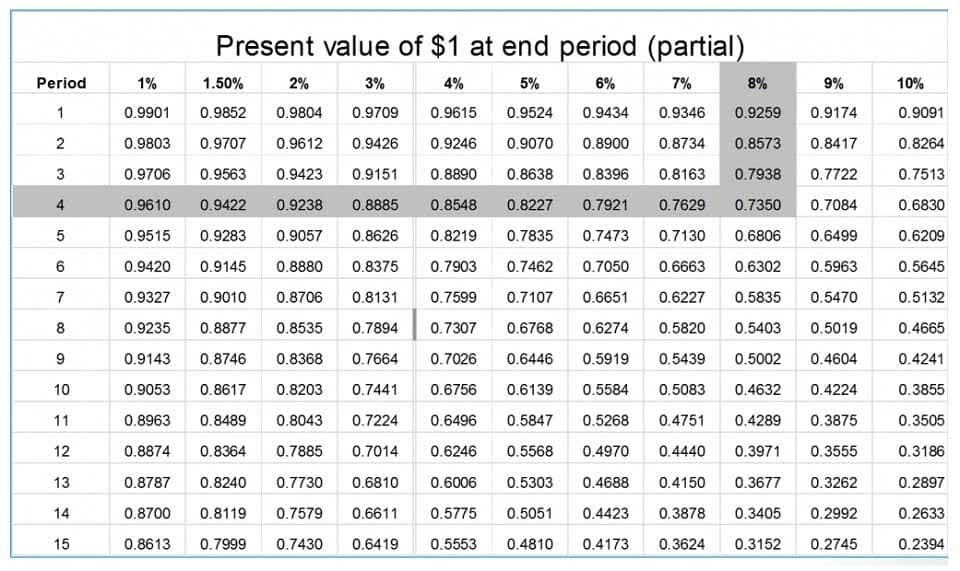Bookkeeping

Even though the income statement is the primary indicator of profitability, other comprehensive income or losses increase the transparency and reliability of financial reporting. Comprehensive income refers to the unrealized profits and losses on your business’s available investments over a particular period of time. These figures allow you to measure the fair value and not the actual market value of your long-term investments in the business. In comparison, OCI consists of gains or losses that aren’t realized in the income statement.
Where Does Other Comprehensive Income Appear on Financial Statements?
These tools help in accurately tracking and categorizing the various components of comprehensive income, ensuring that all relevant data is captured and reported correctly. For instance, SAP’s Financial Accounting module offers robust features for managing foreign currency translation adjustments and pension plan valuations, making it easier for companies to comply with reporting standards. Comprehensive income is a crucial concept in financial reporting that extends beyond the traditional net income figure. It encompasses all changes in equity during a period, except those resulting from investments by owners and distributions to owners. This broader measure provides a more complete picture of an entity’s financial performance.
Comprehensive Income in International Standards
However, a company with other comprehensive income will typically file this form separately. The statement of comprehensive income is not required if a company does not meet the criteria to classify income as comprehensive income. The net income section provides information derived from the income statement about a company’s total revenues and expenses. To better illustrate the specific components of OCI, let’s look at a statement from MetLife. That is a pretty significant driver of its overall profit levels for the year.
Benefits of Outsourcing Bookkeeping for Your Small Business

A statement of comprehensive income will only show you the financial info for a set period, so it’s important to include the dates involved. Still, the longer a period your statement looks at, the more complicated it will be. OCI consists of revenues, expenses, gains, and losses that are unrealized, and are excluded from net income. The net gets moved statement of comprehensive income into a company’s statement of comprehensive income where adjustments are made for non-owner activities. This statement has several benefits that stakeholders can take advantage of, but it also has a few limitations that might restrict how truly useful it can be. They include a statement of comprehensive income, an income statement, and tax statements.
Statement of Comprehensive Income Explained

In regards to taxes, it is permitted to report other comprehensive income after taxes, or one can report before taxes as long as a single income tax expense line item is included at the end of the statement. Other comprehensive income is not listed with net income, instead, it appears listed in its own section, separate from the regular https://www.bookstime.com/ income statement and often presented immediately below it. In this blog post, our team at Lewis.cpa will explore what comprehensive income is, what it includes, and why it’s important for businesses to track and report. Another area where the income statement falls short is the fact that it cannot predict a firm’s future success.

Please Sign in to set this content as a favorite.
- Net income, often referred to as the “bottom line,” represents the profit or loss a company has earned over a specific period, excluding any items that are not part of its core operations.
- In comparison, OCI consists of gains or losses that aren’t realized in the income statement.
- The statement of comprehensive income provides an overview of your revenue and expenses, and income in general, as well as a basic overview of future undertakings.
- That is a pretty significant driver of its overall profit levels for the year.






















